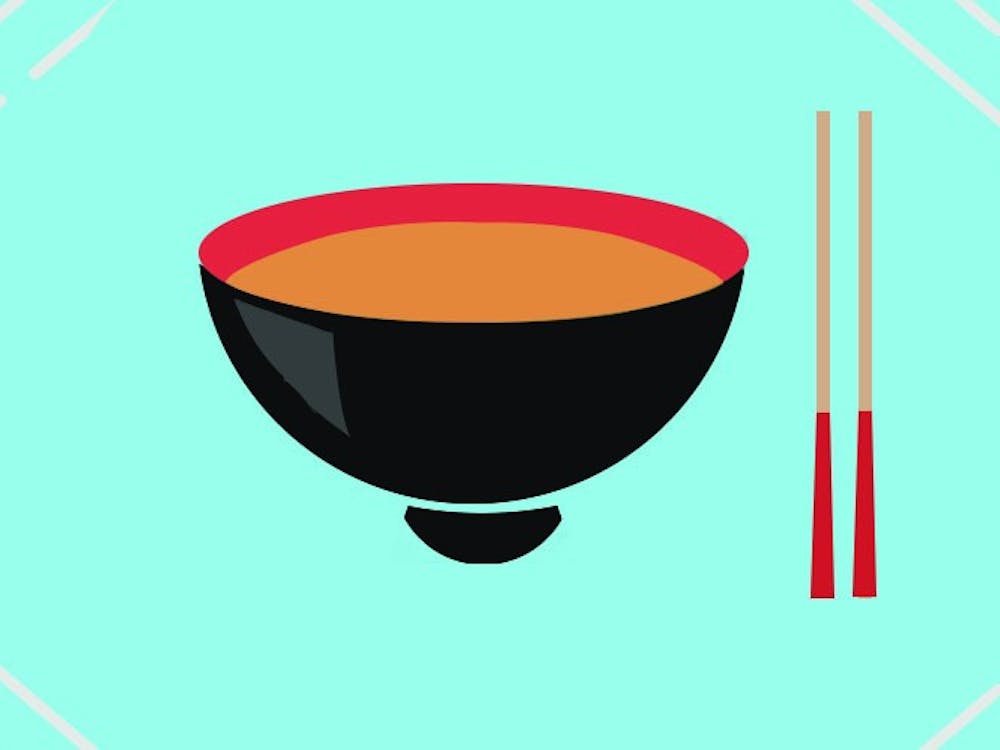Urban renewal transformed American cities in the 1960s and 1970s, and many prominent photographers documented those changes. The University Art Museum's special exhibition, “The City Lost and Found: Capturing New York, Chicago, and Los Angeles, 1960–1980,” explores the cinematic responses and photographic art that characterized urban renewal and popular media in New York City, Chicago and Los Angeles during this tumultuous time. The exhibition is a collaboration between University Art Museum and the Art Institute of Chicago and opened in Princeton on Feb. 21 after being featured at the Art Institute of Chicago. According to the University Art Museum website, this exhibition is the first project to capture an important shift in history through “photographic, cinematic and planning practices” based on evidence from the vibrant “streets, neighborhoods and seminal events in the country’s three largest cities.” In Chicago, the exhibition brought together many mediums of art, including slideshows, photo collages and artist books from over 30 collections across the United States and holdings from the Art Institute itself, according to the Art Institute of Chicagowebpage. At Princeton, the exhibition displays various works of art from the Princeton Library, the University Art Museum and other institutions.
“Some of the objects in the exhibition are from here — either from the Art Museum or the Princeton Libraries. Our co-organizers, the Art Institute of Chicago, also loaned a very generous number of objects to the exhibit,” Katherine Bussard, the Peter C. Bunnell Curator of Photography at the Princeton Art Museum,said in an email statement. “Nearly 40 other institutions or individuals lent the majority of the objects, and this is one of the most exciting aspects of the exhibition.”
The exhibition includes photographic works by Ed Ruscha, Garry Winogrand and newly rediscovered projects by Allan Kaprow and Shadrach Woods. The curating process for such an exhibition is long and arduous. Bussard worked for more than five years to plan this exhibition.
“All exhibitions are different, but 'The City Lost and Found' exhibition took more than five years to plan. The co-curators and I started with an idea, explored it and related objects, and did years of research to arrive at a final checklist,” Bussard said. “That process is what creates the experience on the walls of the museum right now as well as in the pages of the accompanying book.”
The curating process in general involves much thought and planning. Bussard, who has curated more than 20 exhibitions since 1999, describes the meticulous process as something that always takes a long time.
“The goal is to bring together those objects that — when in dialogue in the exhibition — make clear the purpose and argument of the exhibition,” Bussard said. “In the case of 'The City Lost and Found', for example, if we wanted to show the decisive impact of street photography on urban plans of the 1960s and 1970s, we needed to find copies of those plans, review them, learn who the contributing photographers were, and so on, all in order to determine what to display to make this point.”
The exhibition will run for another three months and will close June 7.








